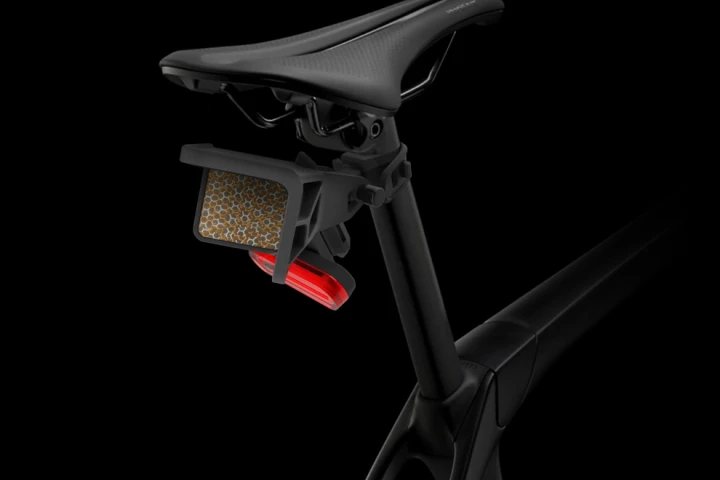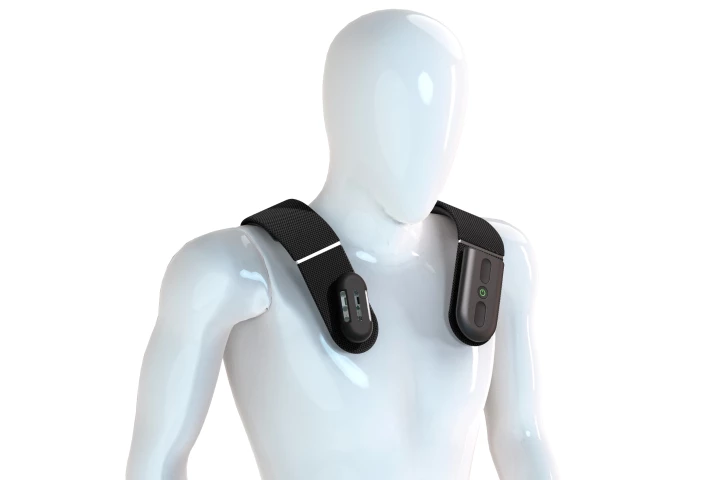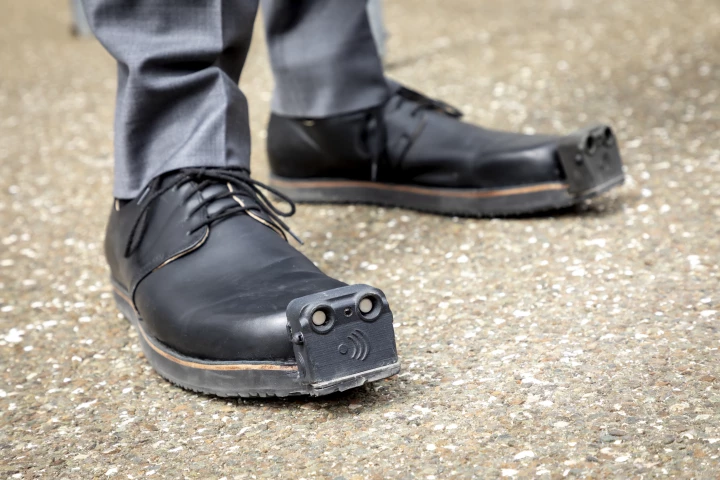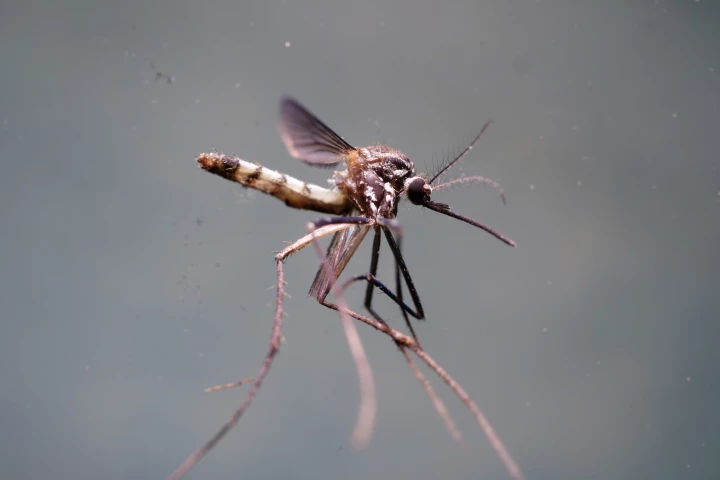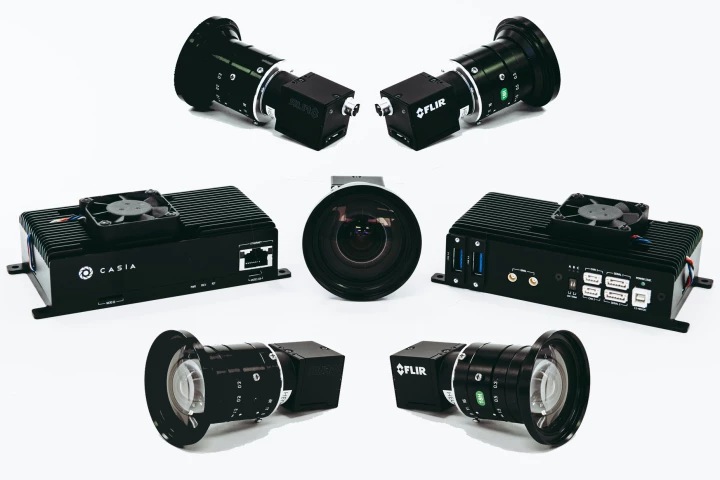Obstacle avoidance
-
While in-vehicle collision avoidance systems may be good at detecting big targets like automobiles, they're not as adept at detecting bicycles. Radian's Wingman was designed to address that problem, by boosting bikes' radar and LiDAR visibility.
-
A Singapore startup recently launched an e-mobility concept that looks like an unhappy marriage between an office chair and a mobility scooter. The Strutt ev1 sports a sensor array and smart algorithms that feed into a built-in drive-assist system.
-
The first 5G-enabled ebike has rolled into Mobile World Congress in Barcelona this week, courtesy of Long Island-based mobile device company Orbic. The fat-tire pedal-assist ride also comes with a bunch of cameras and AI crash detection.
-
Self-driving cars typically use radar or LiDAR technology to avoid collisions with other vehicles. Scientists have now created a much simpler insect-inspired system that could serve the same purpose more efficiently – at night, that is.
-
Self-driving cars already utilize cameras to avoid collisions with other vehicles or pedestrians. Well, the biped wearable device applies that same principle to guiding the blind as they walk along city streets.
-
While there are now systems that allow cars to see obstacles which their drivers may not notice, such setups still can't detect hazards that aren't in direct line of sight. New tech, however, uses other vehicles and roadside cameras to do that job.
-
Samsung is claiming a few world firsts with its latest robot vacuum cleaner. The Jet Bot AI+ is said to be the first to feature an active stereo-type 3D sensor for object detection, and the first equipped with Intel AI for object recognition.
-
Manufactured by Austrian startup Tec-Innovation, the InnoMake shoe uses ultrasound sensors to warn blind users of obstacles in their path. The footwear may soon become even more capable, though, thanks to integrated cameras.
-
While autonomous drones are now pretty good at avoiding large obstacles, thin suspended power lines can still pose a challenge. A new onboard sensing system, however, could change that.
-
Researchers have taken inspiration from a mosquito's ability to fly and land in the dark to develop a new collision-avoidance sensory system for drones that mimics the insect's ability to use airflow to detect obstacles.
-
In order for them to fly beyond line-of-sight of their users, drones have to be constantly "aware" of potential hazards surrounding them. That's where the Casia 360 system comes in, as it's designed to give 360-degree vision to existing drones.
-
Obstacle avoidance is crucial for drones, but most systems aren’t fast enough for some situations. Now engineers at the University of Zurich have developed a new system that gives drones such fast reflexes that they can play – and win at – dodgeball.
Load More
